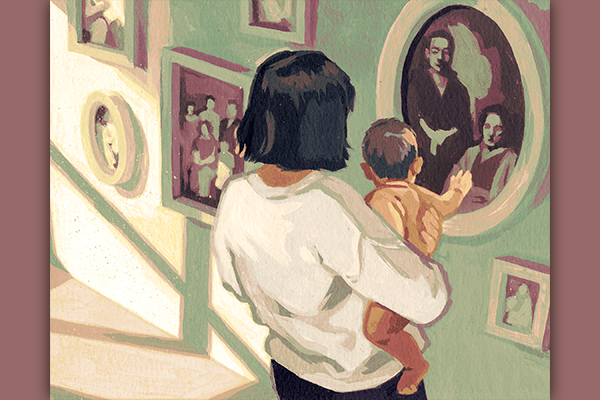As technology continues to evolve, it is rapidly outpacing the standard ethical frameworks by which we normally approach new developments. The nucleus of technology and sexuality, which was situated around questions of porn, has been forced to answer new questions, grappling not only with what is right and wrong, but why. With the rise of new, impending sexual technology, the church must learn how to speak into this realm.
Technology has taken new turns in attempting to fulfill sexual desires. Last fall, a company that tried to open a sex robot brothel in Houston was blocked from doing so. The resistance to this business was led by a coalition of religious groups and city leaders. Other robot brothels have opened in cities across the world, prompting responses from new alliances between those across the political spectrum.
There is also growing trend of “Deepfakes,” a technology which manipulates images or videos, allowing a user to superimpose an individual’s face onto a digital body, ostensibly allowing porn to incorporate a new personal dimension. This emerging technology is not yet ubiquitous, but if left unchecked it may be impossible to stop in the future. The need for ethical restraints is palpable as the world grapples with the Goldblum question: Should we do something just because we can?
In many cases, the targets of these Deepfakes are women. This is a gross violation of privacy and dignity — there is no consent, no boundary. This technology can be used to destroy people, purposely existing to humiliate and harm. It is inevitable that altered digital media will be used to impugn character and integrity as momentum for revenge porn laws shows us.
These new technological aspirations bring us to the precipice of a change in techno-sexual ethics. The breadth of considerations which stem from this, ranging from technological adaptations to how those changes form and potentially contort our understanding of dignity, is essential for people to recognize. While the locus of discussions on this topic are largely restrained to pornography, a narrow lens is not sufficient for the future, though it can serve to highlight successes and failures. The moment for action is now as legal concepts are beginning to take shape and aspects of the discussion are still malleable.
As loneliness grips the West, some have asked if technology like sex robots could enhance the lives of people longing for connection. Indeed, many have proposed their contributions could be a net positive as they inhibit loneliness and reduce prostitution. They ask questions worth considering: If developing tools and technological advances across a swath of fields are used to alleviate all kinds of ailments, what makes this any different? Could it not be used for good?
However, critics remain unconvinced. Some, like the United Kingdom’s Salvation Army have noted how these products may further commodify sex and encourage purchase of others for sex, stating: “this [sexbot] technology is more likely to have a detrimental effect on both existing and potential victims of modern slavery.” Others note that these bots fray our social fabric through the objectification of women, normalizing sexism, and reward domineering attitudes.
At a tech fair, a sex robot was presented to the public but lasted only a matter of minutes before being utterly demolished by those who used it. For better or worse, that which we think about and act on eventually shapes us. If the opportunity arises for the worst of human nature to thrive, then surely there is enough room for others to step in and offer caution.
It is here that the church has the tools, voice, and ability to make a difference, as cultural changes are still occurring but are not yet set in stone. If the church is to cultivate a response to these issues, then it must communicate a robust and holistic anthropology, one which accounts for both dignity, human nature, and is aware of the potential for abuse. Ethical guardrails ought to be constructive, not simply demarcating what is disallowed, but offering a corrective alternative that speaks to people.
If a tool can help a segment of the population, while heightening the prospect of trafficking for another, how do we act? Can we approach technology in a way that promotes the common good and tends to the vulnerable, that promotes safety and human flourishing?
The world is changing, but we are not resigned to passivity or inaction. If we aim to be the kind of people who take these questions seriously, who affirm the good, respect individual’s dignity, and defend the preyed upon, then we must take note and enter this area, bringing the wisdom of our past and the hope of our future to influence the present moment.
Got something to say about what you're reading? We value your feedback!






